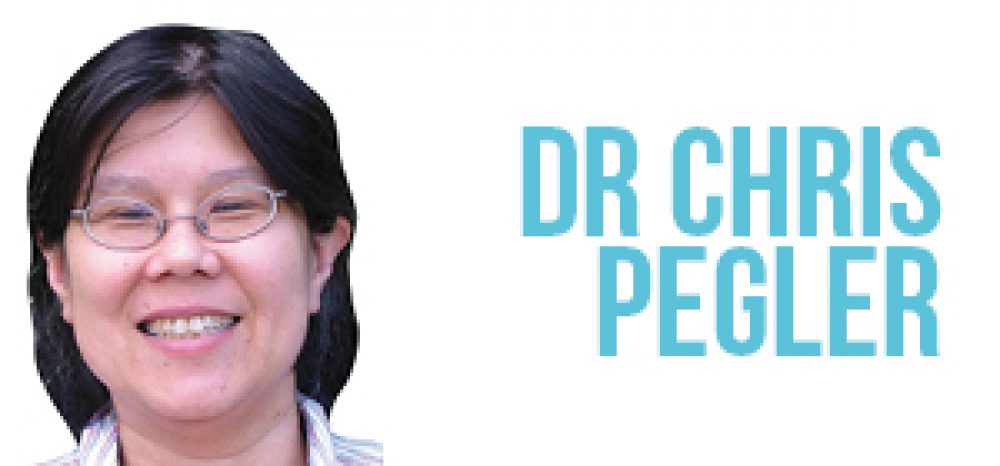Almost everything is available online nowadays it would seem — including educational materials. Dr Chris Pegler looks at whether the FE sector can benefit.
In 2001 Charles Vest of the Massachusetts Institute of Technology (MIT) announced it would make nearly all its course materials available free on the World Wide Web. If you spotted this at the time you may have wondered where the catch was in a too-good-to-be-true offer.
There have been limits, but MIT has continued its commitment to opencourseware, registering 125 million visits and uploading content from more than 2,000 courses to date.
Meanwhile the word open increasingly crops up across the UK education scene, albeit with contested interpretations.
The acronym Mooc (Massive Open Online Course) is now frequently subject to discussion.
MIT’s model, associating top universities with large-scale ready-to-learn open content activity, is a model preserved in Coursera and EDx Mooc initiatives and also in FutureLearn’s partnership of 21 top UK universities as Mooc providers.
And Martin Weller, talking about ‘big and little OER’ (open educational resources), has contrasted the contribution of high-finish formal opencourseware with the value of smaller scale home-brewed initiatives.
Meanwhile, Lawrence Lessig in Remix: Making Art and Commerce Thrive in the Hybrid Economy suggested that the internet in Web 2.0 mode allows us to shift from read-only engagement to read-write participation, creating and changing content as well as simply consuming it.
What could be more suited for vocationally-rich FE practices?
Drawing on examples such as Coventry University’s Open Photography course and the groundbreaking DS106 Digital Storytelling course, here are some ideas about open which may be unfamiliar and could provide some food for action.
Open need not lead to cannibalisation — addressing perhaps the biggest concern about giving content for free, Coventry’s Open Photography PHONAR course led by Jonathan Worth teaches ‘remote students’ for free alongside fee-payers attending face-to-face.
Open can generate its own funds — we see crowdfunding in media projects, why not to create or sustain open education? The DS106 Kickstarter funded purchase of equipment (a server) to support its open activity.
Open leaves a legacy — content deposited into open repositories, whether as a teaching habit or a pre-retirement push, remains available after the course has finished. It’s also in digital, online, repurposeable format for others to use.
Open is open to improvement — open for comment, review, feedback, modification and translation creates potential to improve quality and also to extend audience and use. MIT’s 2,000-plus courses are perhaps less impressive than the 1000-plus translations of these by users.
Open is both micro and macro: feel the crowd — crowdsourcing content whether at the level of booksprints or Wikipedia entries, shows how individuals working collectively can create a stream of contextually-rich, informed teaching and reference content.
One of the persistent criticisms of open education is that it lacks a coherent and sustainable business model.
In Oriole (Open Resources: Influence on Learners and Educators) surveys, more than 90 per cent agreed they ‘fully support the idea of open content and open education resources’, yet in both 2011 and 2013 a substantial proportion also agreed ‘open content initiatives lack a coherent supporting business case’ (25 per cent in 2011 then 11 per cent fully agreed and 51 per cent partly agreed in 2013).
While the belief that we should engage in open education was very high, there are concerns about how to make this work in practice.
Referring back to conventional business theories such as Michael E Porter’s famous model of the five forces that shape competition we can see why.
Focusing on the power of suppliers and buyers or the threat of new entrants and substitutes assumes a zero-sum game for businesses which open education contests.
In the age of the internet open resource activity suggests the conventional business of education may now be open to question and perhaps even, in perception of supply and competition, redundant.









Your thoughts